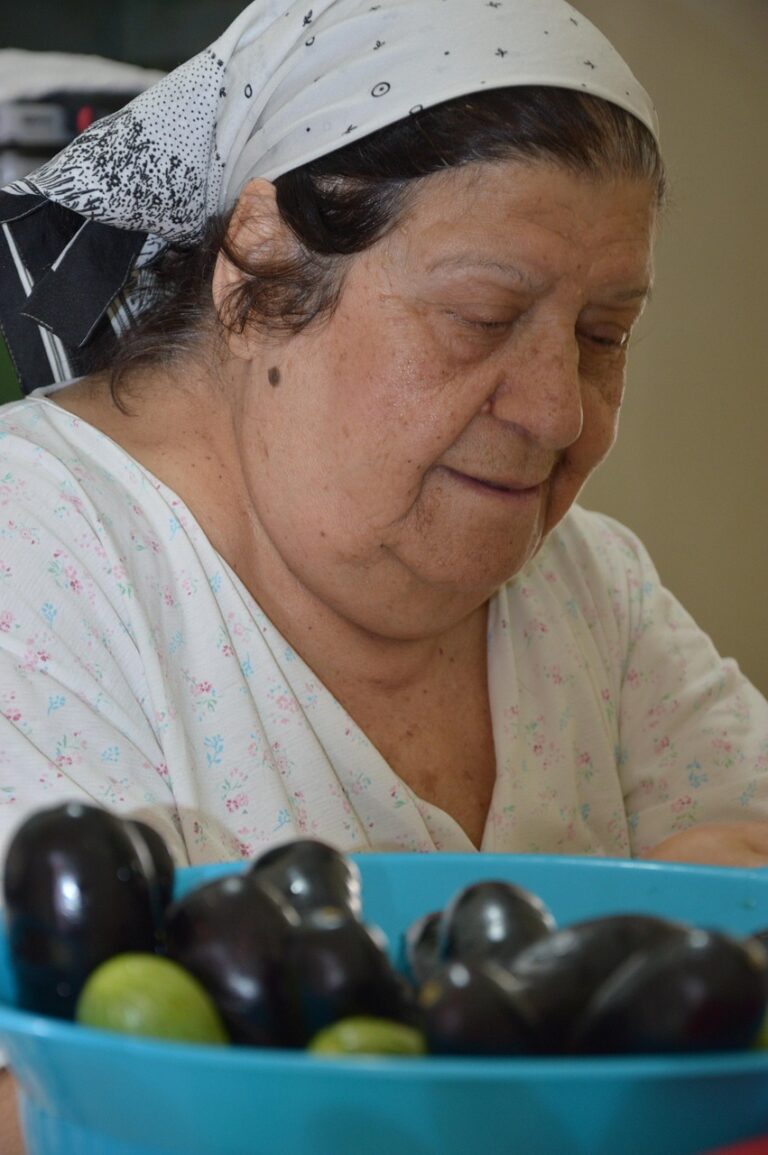
Jerusalem/Cairo/Geneva: At least one quarter or 22,500 of those injured in Gaza by July 23, 2024, are estimated to have life-changing injuries that require rehabilitation services now and for years to come, according to a World Health Organization (WHO) analysis of the types of injuries resulting from the ongoing conflict in Gaza: Estimating Trauma Rehabilitation Needs in Gaza using Injury Data from Emergency Medical Teams.
The analysis found that severe limb injuries, estimated to be between 13 455 to 17 550, are the main driver of the need for rehabilitation. Many of those injured have more than one injury. According to the report, between 3105 and 4050 limb amputations have also occurred. Large surges in spinal cord injury, traumatic brain injury and major burn injuries all contribute to the overall number of life-changing injuries, which include many thousands of women and children.
“The huge surge in rehabilitation needs occurs in parallel with the ongoing decimation of the health system,” said Dr Richard Peeperkorn, WHO Representative in the occupied Palestinian territory. “Patients can’t get the care they need. Acute rehabilitation services are severely disrupted and specialized care for complex injuries is not available, placing patients’ lives at risk. Immediate and long-term support is urgently needed to address the enormous rehabilitation needs.”
Currently, only 17 of 36 hospitals remain partially functional in Gaza, while primary health care and community-level services are frequently suspended or rendered inaccessible due to insecurity, attacks, and repeated evacuation orders. Gaza’s only limb reconstruction and rehabilitation centre, located in Nasser Medical Complex and supported by WHO, became non-functional in December 2023 due to a lack of supplies and specialized health workers being forced to leave in search of safety and was later left damaged following a raid in February 2024. Tragically, much of the rehabilitation workforce in Gaza is now displaced, according to the analysis. Reports indicate 39 physiotherapists have been killed as of 10 May. In-patient rehabilitation and prosthetic services are no longer available and the number of people with injuries requiring assistive products far exceeds the equipment available within Gaza. Partners report that stocks of essential assistive products such as wheelchairs and crutches have run out and it is difficult to replenish supplies due to the restricted flow of aid into Gaza.
The analysis focuses solely on new injuries sustained since the escalation of hostilities in October 2023. However, tens of thousands of Palestinians in Gaza were already living with pre-existing chronic conditions and impairments before this, putting them at significant risk due to the lack of appropriate services.
The estimates in the analysis will be used by WHO and partners to plan for a surge in rehabilitation-related services and contribute to long-term health planning and policymaking.
Amidst the ongoing hostilities, it is critical to ensure access to all essential health services, including rehabilitation to prevent illness and death. WHO reiterated its call for a ceasefire, which is critical for rebuilding the health system to cope with escalating needs.
War Destruction extends to the West Bank and East Jerusalem
Meanwhile, the United Nations Trade and Development (UNCTAD) released a comprehensive report in Geneva today, detailing the economic destruction that has gripped the Occupied Palestinian Territory in the aftermath of the Israeli military operation in Gaza that followed the October 7, 2023, attacks by Hamas.
The report highlights the “staggering” scale of economic devastation and “unprecedented” decline in economic activity, far surpassing the impact of all previous military confrontations in 2008, 2012, 2014 and 2021. Inflationary pressures combined with soaring unemployment and collapsing incomes, have severely impoverished Palestinian households.
By early 2024, between 80% to 96% of Gaza’s agricultural assets -including irrigation systems, livestock farms, orchards, machinery, and storage facilities – had been decimated, crippling the region’s food production capacity and worsening already high levels of food insecurity. The destruction also hit the private sector hard, with 82% of businesses, a key driver of Gaza’s economy, damaged or destroyed. The damage to the productive base has continued to worsen as the military operation persists.
Gaza’s Gross Domestic Product (GDP) plummeted by 81%in the last quarter of 2023, leading to a 22% contraction for the entire year. By mid-2024 Gaza’s economy had shrunk to less than one-sixth of its 2022 level.
According to the report, the combined impact of the military operation in Gaza and its repercussions in the West Bank delivered an unparalleled shock that overwhelmed the Palestinian economy across the occupied Territory, including East Jerusalem.
While the situation in Gaza is particularly dire, with two-thirds of pre-war jobs—approximately 201,000 positions— lost by January 2024, which has further worsened the already critical economic and humanitarian crisis in the Gaza Strip, in the West Bank, trade activities have been severely disrupted due to increased restrictions on the movement of people and goods.
The West Bank, the report says, has been undergoing a rapid and alarming economic decline. The report highlights factors such as settlement expansion, land confiscations, demolition of Palestinian structures, and increased settler violence throughout 2023 -2024 to have displaced communities and severely impacted economic activities. These disruptions have affected various sectors across the West Bank, including East Jerusalem, where commerce, tourism and transportation have suffered a considerable downturn. As a result, 80%of businesses in the East Jerusalem Old City have either partially or completely ceased operations.
The initial optimism of a 4% GDP growth in the West Bank during the first three quarters of 2023 was abruptly reversed by an unprecedented 19% contraction in the fourth quarter. This sharp downturn resulted in an overall annual GDP decline of 1.9%. Additionally, per capita GDP decreased by 4.5%, indicating a substantial drop in living standards and household incomes.
Labour market conditions in the West Bank have deteriorated significantly, with 96% of businesses reporting decreased activity and 42.1% reducing their workforce. A total of 306,000 jobs have been lost, pushing West Bank’s unemployment rates from 12.9% before the conflict to 32%. These job losses have resulted in an estimated daily labour income loss of $25.5 million, severely eroding the economic resilience of Palestinian households and exacerbating social hardships.
– global bihari bureau
Image by hosny salah from Pixabay





